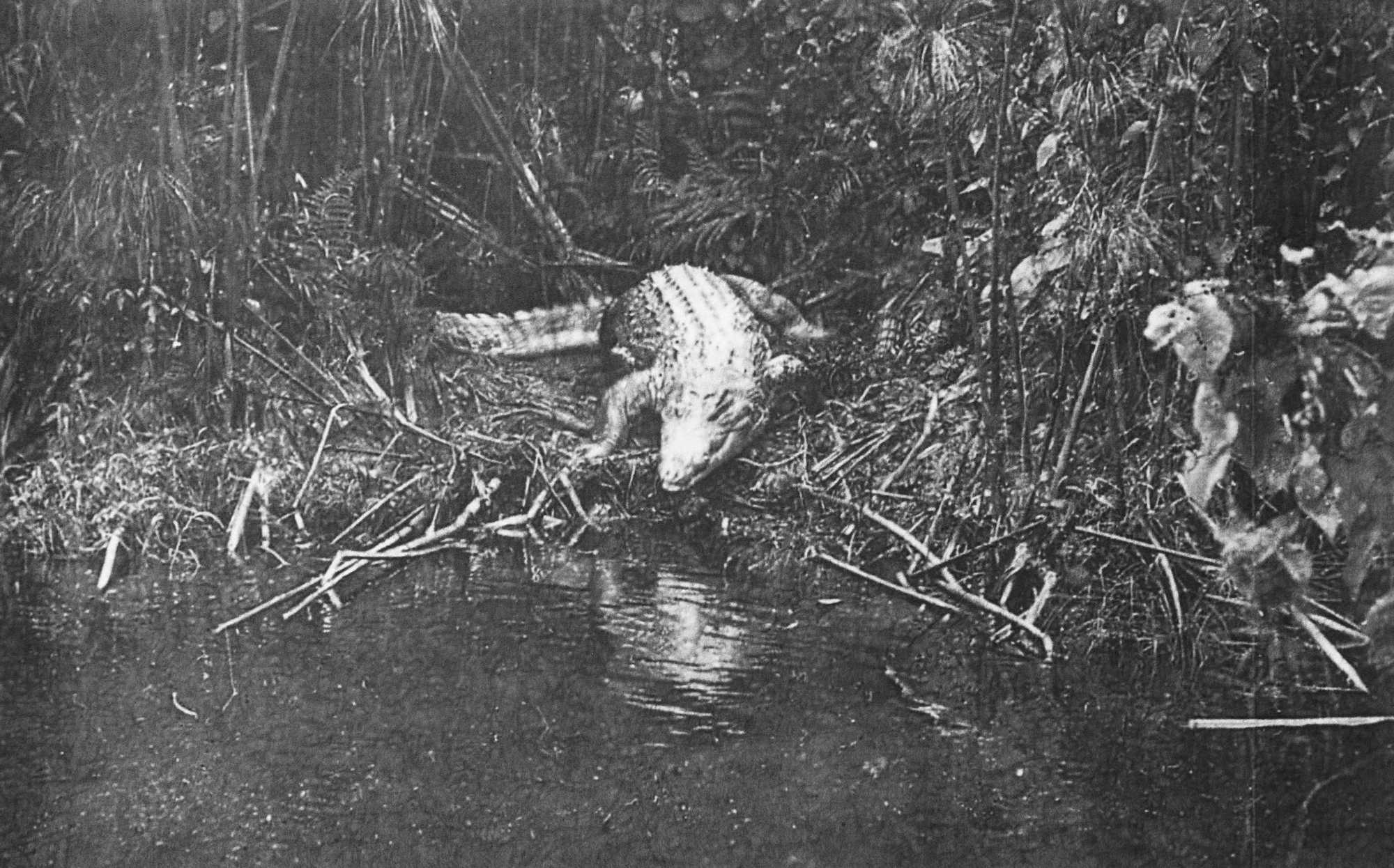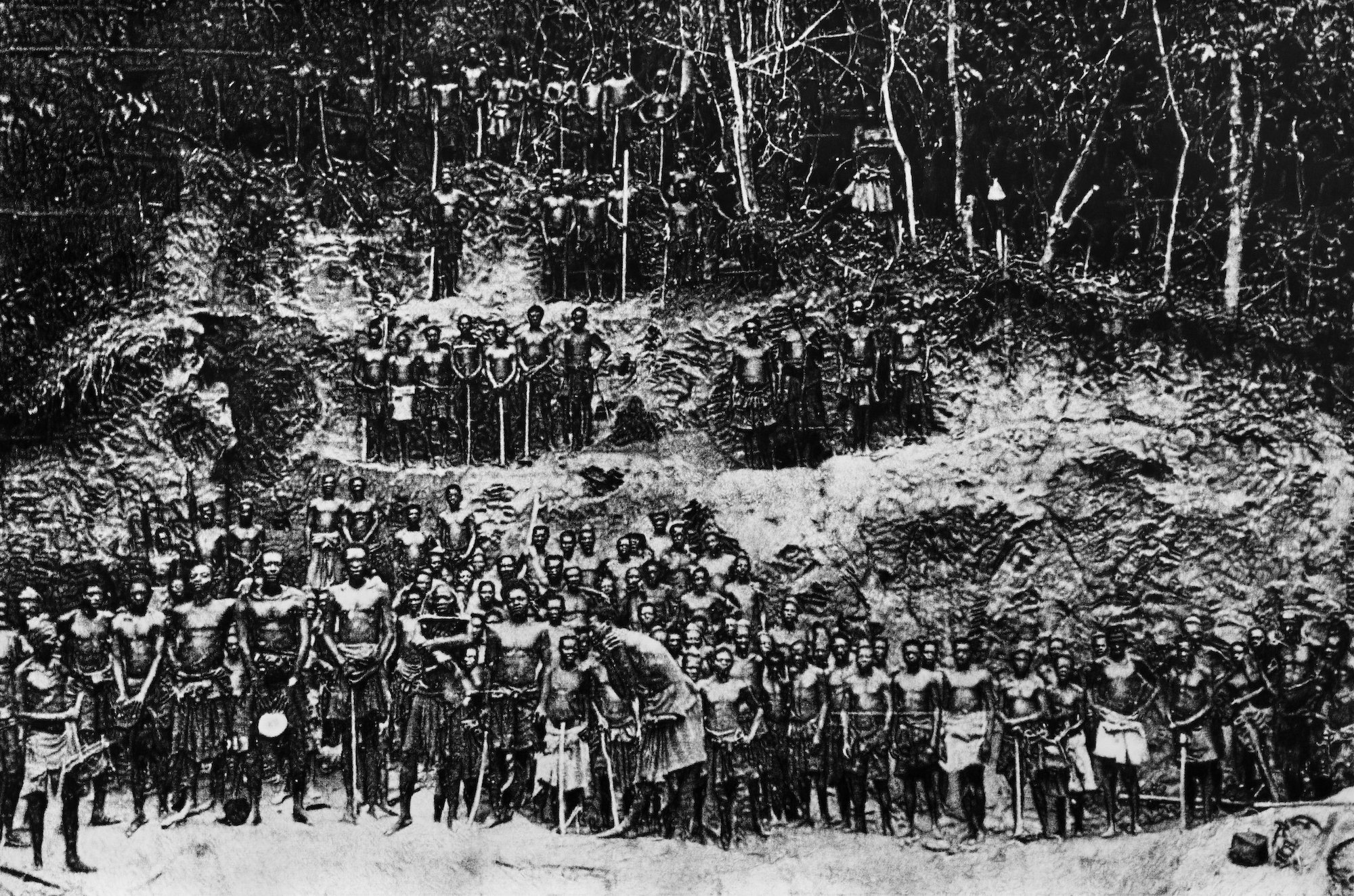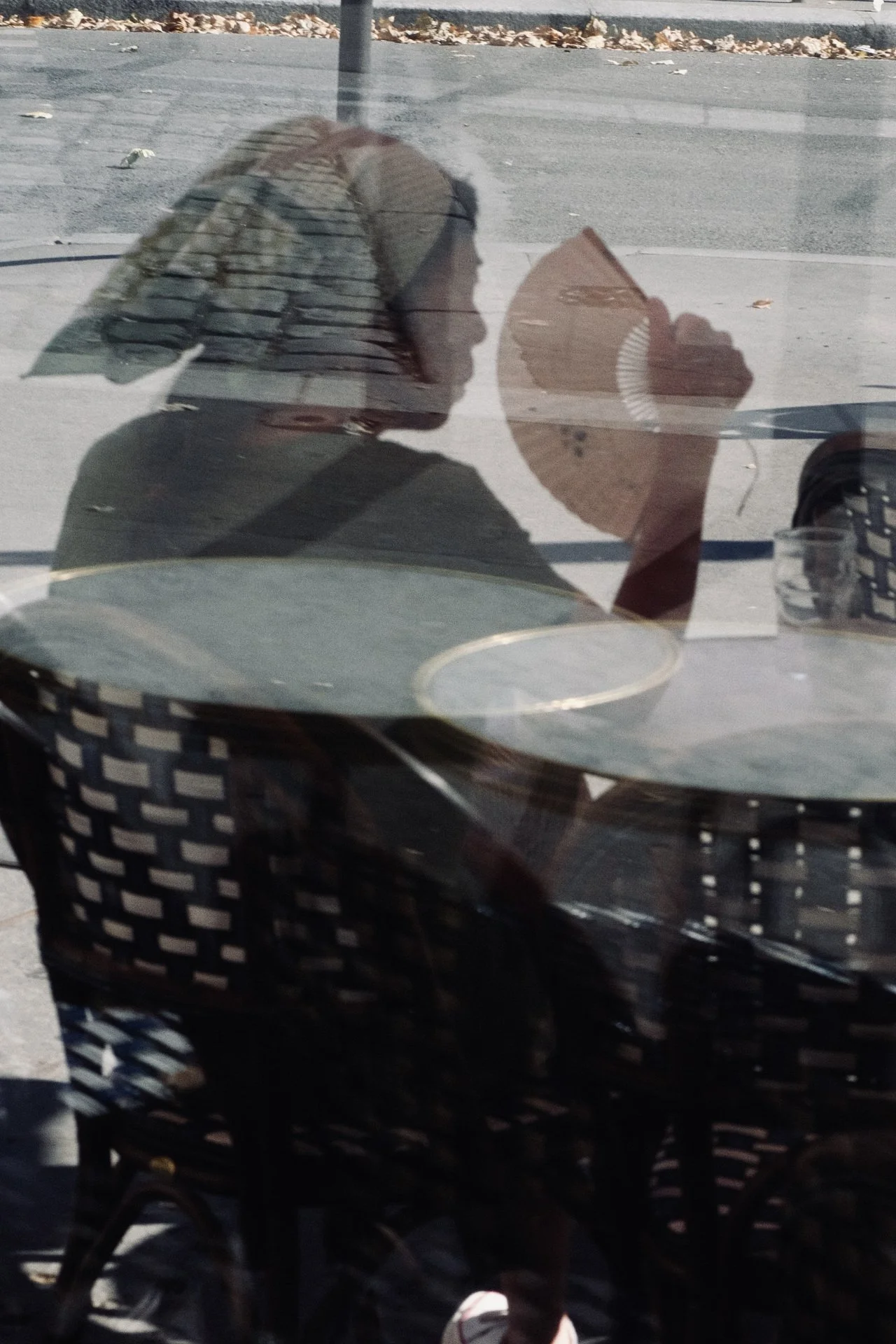Eric Manigaud | Gallery FIFTY ONE
@ Eric Manigaud. Pointe Noire, caiman sur la rivière Loémé, Pauleau, 2022. Graphite on digigraphic screen, 59 x 95 cm, Unique Certificate. ©Eric Manigaud I Courtesy Gallery FIFTY ONE.
Written by Nicole Miller
Photo Eidted by Billy Chen
French contemporary artist Éric Manigaud presents his third solo exhibition at Gallery Fifty One. Through a meticulous process appropriating photographic material, Manigaud created Congo Océan, a series of photorealistic graphite drawings that address the colonial exploitation of the French Congo. He highlights the inhumane labor conditions endured while building the Congo-Océan Railway (1921-1934), which connected the capital of the Republic of the Congo, Brazzaville, to the port city Pointe-Noire. The colonial government promoted the construction of the Railway as integral to the development and betterment of the colony. However, this was a false narrative, as the enterprise led to a catastrophic death toll of at least 20,000 African people. Although today the Railway has been deemed an unnecessary undertaking, at the time, the project remained not only unchallenged but also justified by commonly held racist beliefs.
@Eric Manigaud. Congo français, la Marseillaise, Moreau, 2022. Graphite on paper, 97 x 143 cm, Unique Certificate. ©Eric Manigaud I Courtesy Gallery FIFTY ONE.
Manigaud depicts visually dark, uncomfortable scenes to convey the brutal consequences of colonialism to his audience, rebuking Europe’s increased globalization and cultural domination of Africa in the twentieth century. In the image above, children sing the French national anthem. Their expressions range from joyous to downcast, allowing for the photograph to potentially confuse viewers if manipulated within a pro-colonialism context. However, Manigaud employs shading techniques to produce a blurred effect, ensuring that the audience experiences a physical disruption to their vision, ultimately creating an underlying tone of anxiety. The uneasiness conveyed by the image serves as a reminder of the structural violence and persecution of African people perpetuated by European leadership. Manigaud continues to detail the Congo-Océan Railway’s path of death and destruction. The murky quality of the photograph above produces an atmosphere wrought with agitation, reflecting the devastating treatment of those who built the railroad. The distortion of the image establishes an almost dystopian setting, emphasizing that the abhorrent actions of the government are so monstrous they appear unreal.
@ Eric Manigaud. Travail de forçats sur les terrassements, Mayombe, années 1920, 2022. Graphite on digigraphic screen, 29 x 37 cm, Unique Certificate. ©Eric Manigaud I Courtesy Gallery FIFTY ONE.
@Eric Manigaud. Chasse, la victime de la journée, 2022. Graphite on digigraphic screen, 50 x 70 cm, Unique Certificate. ©Eric Manigaud I Courtesy Gallery FIFTY ONE.
Manigaud includes unsettling yet straightforward visuals of the animal massacres of the French Congo, expanding the victim list of colonialism to animals as well. The elephant portrayed above is the “Hunting Victim of the Day.” The slain elephant demonstrates European interest in exploiting raw materials like ivory. The lack of respect for Africa's land and living creatures informs the dehumanization of the African people by colonial rule.
@ Eric Manigaud. Rassemblement tribal, années 1930, 2021. Graphite on paper, 120 x 180 cm, Unique Certificate ©Eric Manigaud I Courtesy Gallery FIFTY ONE.
In the group portrait above, haunting rows of figures stare into the camera. They are forced to work for French progress and pose to document that progress. They emerge from the forest, as Gallery FIFTY ONE concludes, “literally and figuratively imprisoned amid a mass of land already partially destroyed by works of a non-humane scale.”All of the photographs in Congo Océan must be analyzed within the political context of colonization by European powers. Although the archival sources Manigaud uses depict scenes from almost a century ago, we must acknowledge not only the atrocities committed in the nineteenth and twentieth centuries but also the lasting damaging effects of colonialism in Africa that are apparent today.
To view more, visit Gallery FIFTY ONE’s Website.












